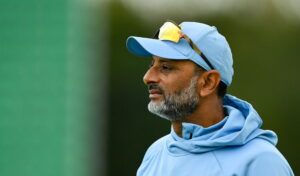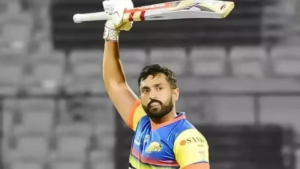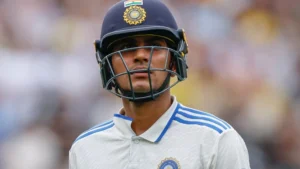Jasprit Bumrah and Pat Cummins: Redefining Fast Bowling Captaincy

In an era dominated by batsmen and spin-friendly tracks, fast bowlers are scripting their own legacy as captains. Jasprit Bumrah and Pat Cummins, leading India and Australia, respectively, in the ongoing Border-Gavaskar Trophy, are showcasing how pacers can thrive as leaders in the challenging Test format.
Breaking the Stereotype: Pacers as Captains
Fast bowlers have traditionally been seen as enforcers, focusing on raw pace and aggression, while leadership duties often rested with batsmen or spinners. The success of Pat Cummins as Australia’s Test captain and Jasprit Bumrah’s entry into a similar role for India signal a changing tide in cricketing norms.
Both captains bring a unique perspective shaped by their primary roles as strike bowlers, combining tactical acumen with the ability to inspire their teammates.
Pat Cummins: The Steady Strategist
Since assuming captaincy in late 2021, Cummins has led Australia to several significant wins, including a resounding Ashes victory. His calm demeanor and ability to manage workloads—both his own and his team’s—have been key to his success.
Cummins has often spoken about the balancing act required as a bowler-captain, stating, “It’s about trusting your instincts and the team around you to help with decision-making when you’re in the heat of the battle.”
Jasprit Bumrah: The Emerging Leader
For Bumrah, Test captaincy represents a new frontier. Known for his lethal yorkers and versatility, Bumrah’s on-field awareness and sharp cricketing mind make him a natural leader. He has consistently proven his ability to adapt to different conditions, which bodes well for his stint as captain.
Reflecting on his approach, Bumrah emphasized, “You need to stay ahead of the game and make decisions that suit the situation. It’s about clarity of thought and backing your instincts.”
Head-to-Head: Bumrah vs. Cummins as Captains
- Experience in the Role:
Cummins, with nearly three years of leadership experience, has an edge in familiarity with captaincy challenges. Bumrah, on the other hand, is relatively new but brings fresh ideas to the table. - Bowling Styles:
While Bumrah relies on precision, variations, and his unorthodox action, Cummins thrives on pace, bounce, and accuracy. Their contrasting approaches often influence their captaincy styles. - Handling Pressure:
Both captains have a reputation for composure under pressure. Their ability to stay calm is reflected in how they marshal their troops during high-stakes moments.
The Unique Challenges of Leading as a Bowler
- Workload Management: A key challenge for both captains is managing their own bowling workloads while making tactical decisions.
- Field Placements and Strategies: Fast bowlers often bring innovative fielding setups, informed by their deep understanding of batsmen’s weaknesses.
- Injury Risks: Being the primary strike bowler and captain heightens the physical demands, making injury management crucial.
What This Means for Test Cricket
The leadership of Bumrah and Cummins signals a paradigm shift in Test cricket, where fast bowlers are proving to be as astute and influential as their batting counterparts. Their success could inspire a generation of pacers to take on leadership roles, further enriching the game’s dynamics.
Conclusion
Jasprit Bumrah and Pat Cummins represent a new chapter in Test cricket’s evolution, blending the ferocity of fast bowling with the nuance of leadership. As they face off in the Border-Gavaskar Trophy, fans are witnessing not just a battle between two teams but a redefining moment for fast-bowling captains in cricketing history.




